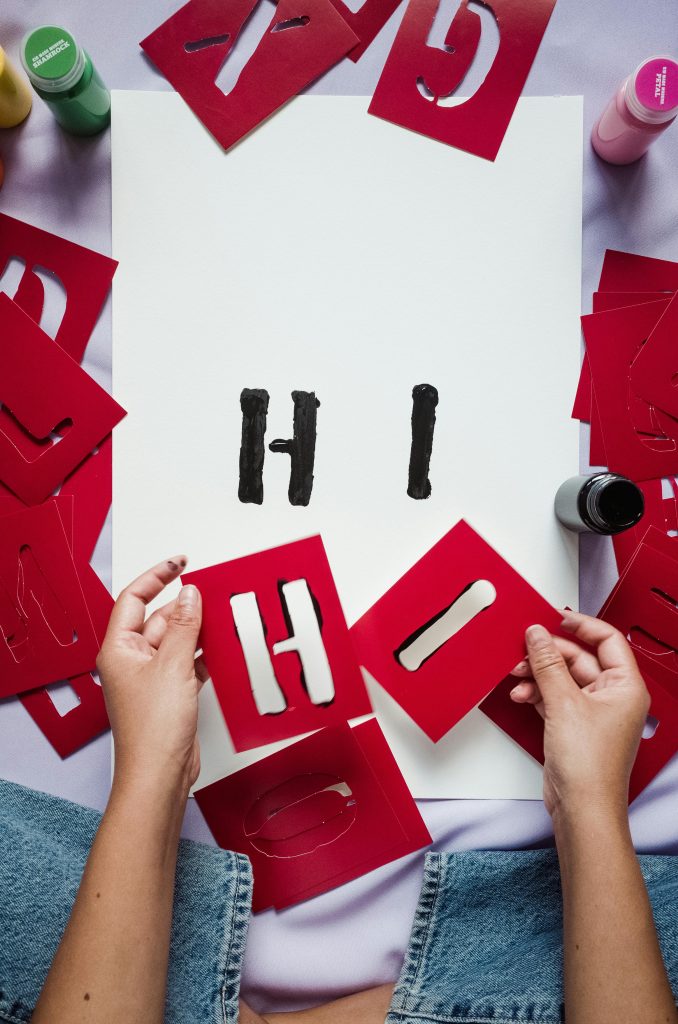How to Restore and Repair Recovered JPEGs and PNGs: A Guide
Recently, I embarked on a mission to recover hundreds of cherished photos from an old laptop. My initial success was quickly followed by disappointment, as I discovered I could neither open nor view most of these images. Each attempt resulted in error messages like “file type not supported” or “file cannot be opened.”
The Recovery Journey
Using a tool called R-photo, I was able to retrieve the images, which were residing in a directory path that looked something like this: $RecycleBin > [folder with random letters and numbers] > photos. Oddly, every file had a $ prefix that I didn’t originally assign. The file sizes also seemed suspiciously small, ranging from just 150 to 250 bytes. Intrigued, I examined these files in a HEX editor, where I discovered what appeared to be partial data intact, sparking hope that all might not be lost.
Seeking a Solution
Given the difficulty in opening these files, I’ve been exploring ways to repair them. Here’s where I’m at and what I can recommend based on my experience so far:
-
Understand File Corruption: When JPEGs and PNGs are recovered in such a manner, it’s possible that the header or important information may have been stripped, resulting in corrupted files. It’s crucial to determine if the files are just text files with JPEG/PNG extensions or genuine image files.
-
Explore Specialized Repair Software: While the journey to find legitimate recovery and repair Software can be challenging, there are tools specifically designed for these tasks. Software like Stellar Phoenix JPEG Repair or Hetman File Repair could be a starting point, known for reconstructing damaged images. Always ensure the legitimacy of the software before downloading.
-
Consult Professional Services: In complex cases where do-it-yourself remedies fall short, professional photo recovery services might be the best course of action. These experts often have sophisticated tools and experience to retrieve what might seem lost.
-
Community Assistance: Engaging in forums and communities, such as dedicated subreddits, might connect you with individuals who have faced similar challenges. Sharing experiences can unearth solutions that are not widely known or documented.
-
Backup and Prevention: As a retrospective note, maintaining multiple backups and verifying data integrity before recovery attempts can prevent such situations in the future.
Conclusion
While my journey continues, I remain optimistic about finding solutions to recover my precious photos
Share this content:




Response to Your Recovery Journey
It’s great to hear you’ve made significant progress in recovering your images, even if there are setbacks in opening them. Here are some advanced strategies and insights based on your experience:
Check File Signatures: Before diving into recovery tools, verify the file signatures of your JPEG and PNG files. You can do this in a HEX editor by checking if the files start with the correct headers (JPEG files should start with
FF D8 FFand PNG files should start with89 50 4E 47). If the headers are missing or corrupted, it confirms the files are damaged.Use Command-Line Tools: For users comfortable with command-line interfaces, tools like
exiftoolcan be valuable for checking file metadata. This helps you determine if any recoverable metadata is still intact, which can guide your next steps.Test Different Repair Tools: While you mentioned a couple of Software options, there are various tools available. Programs like Remo Repair JPEG and